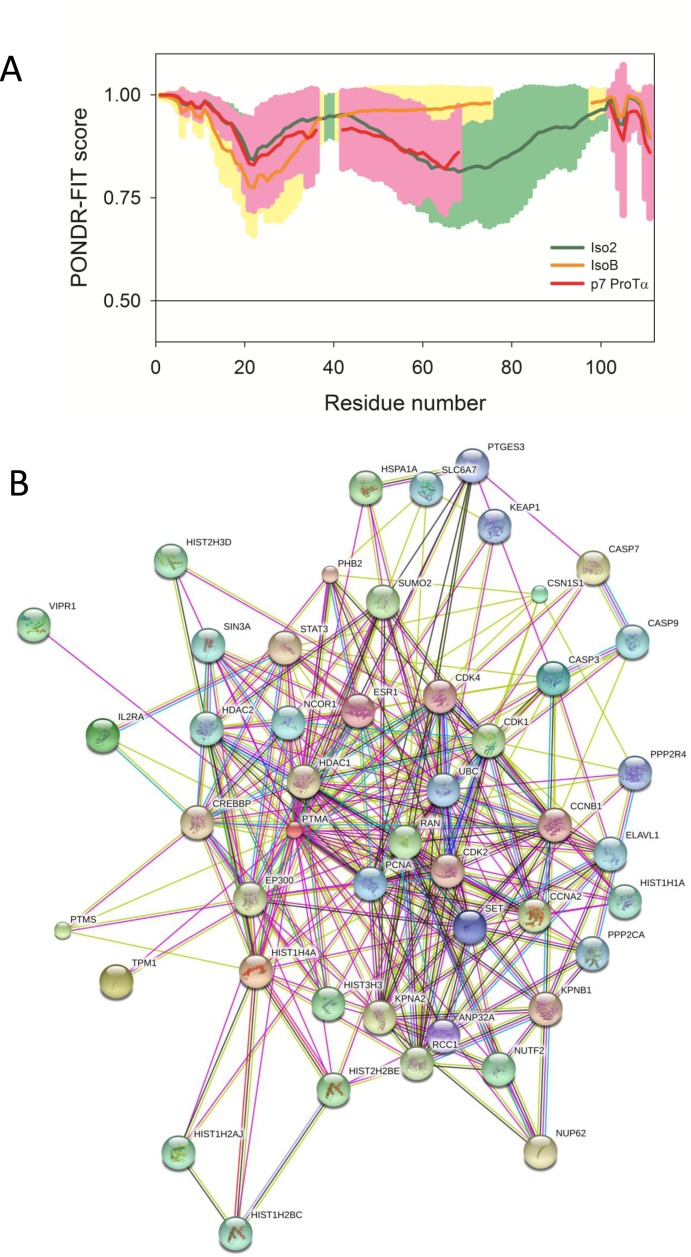Fig 5. ProTα variants are predicted to be intrinsically disordered proteins with high binding promiscuity.
(A) Per-residue disorder distribution in variants of human ProTα (green line and shade–iso2; yellow line and shade–isoB variant; red line and shade–p7 ProTα variant). Disorder propensity was evaluated by PONDR-FIT. Scores above 0.5 correspond to disordered residues/regions. Profiles were aligned to match some specific disorder-based feature. Shades represent distribution of errors in disorder estimation by PONDR-FIT. (B) Evaluation of the experimental and predicted interaction of the human iso2 (UniProt ID: P06454) by STRING (Search Tool for the Retrieval of Interacting Genes) [28], which produces the network of predicted associations for a particular group of proteins. The network nodes are proteins and the edges represent the predicted functional associations. An edge may be drawn with up to 7 differently colored lines each representing one of the seven types of evidence used in predicting the associations. A red line indicates the presence of fusion evidence; a green line—neighborhood evidence; a blue line–co-occurrence evidence; a purple line—experimental evidence; a yellow line–text mining evidence; a light blue line—database evidence; a black line–co-expression evidence [28].

